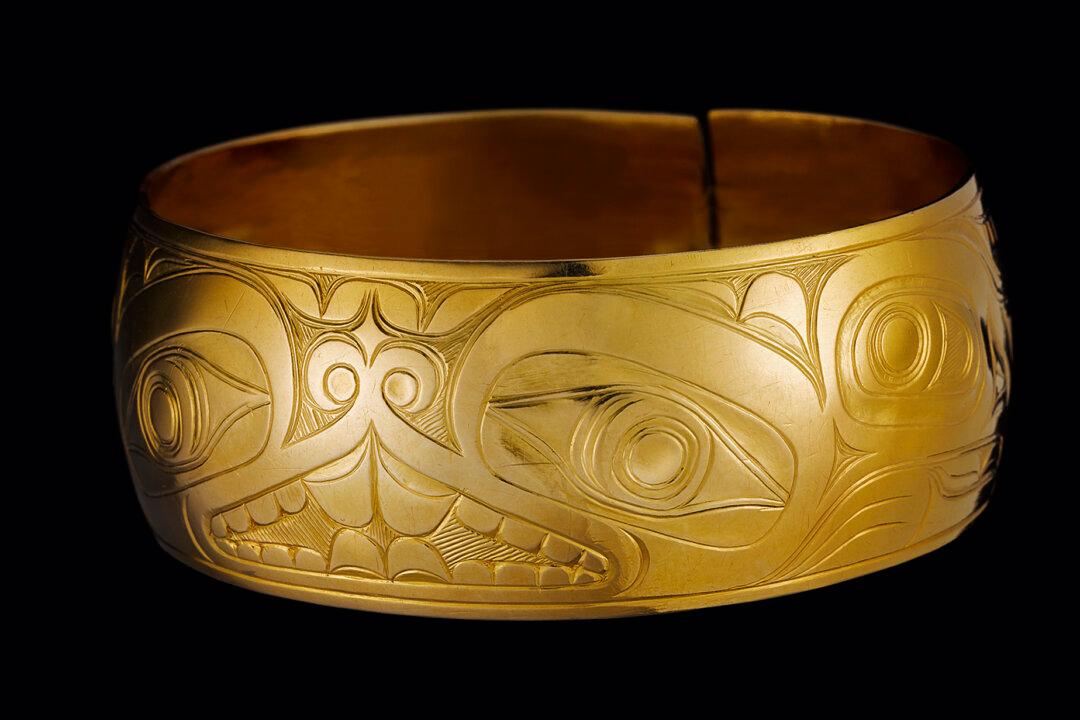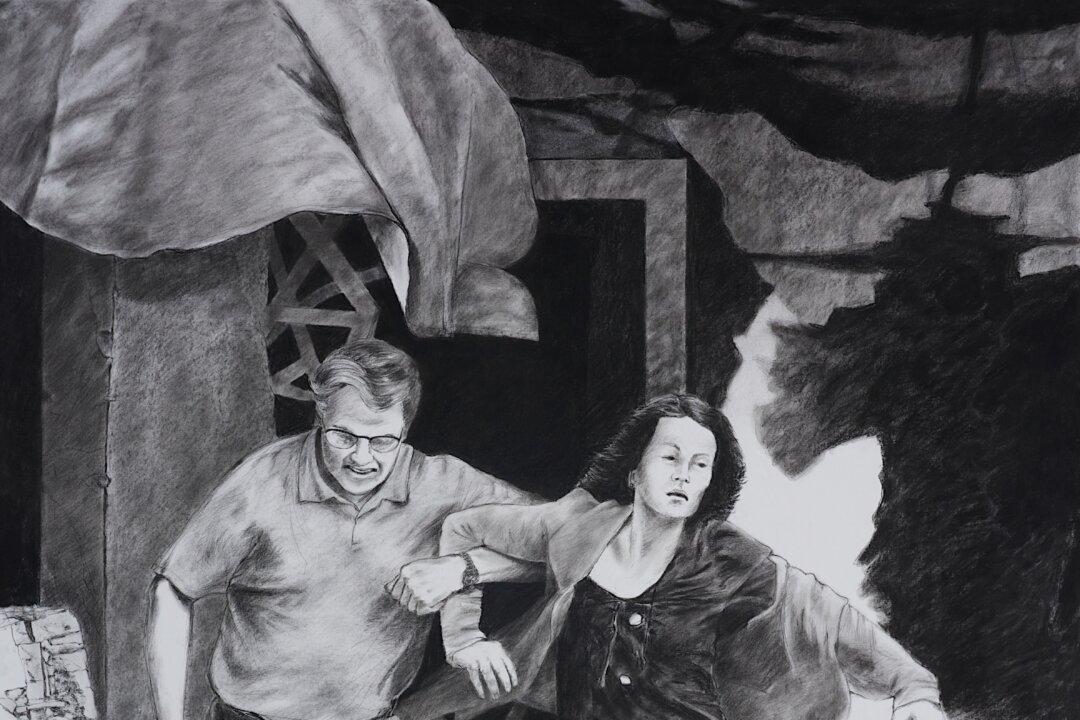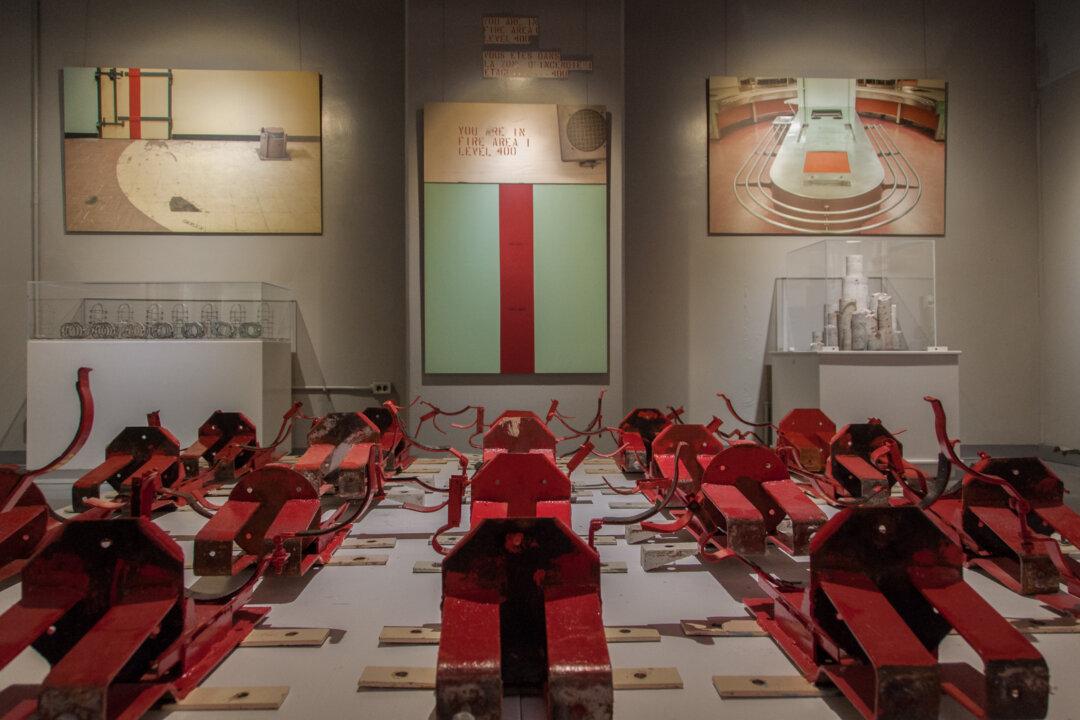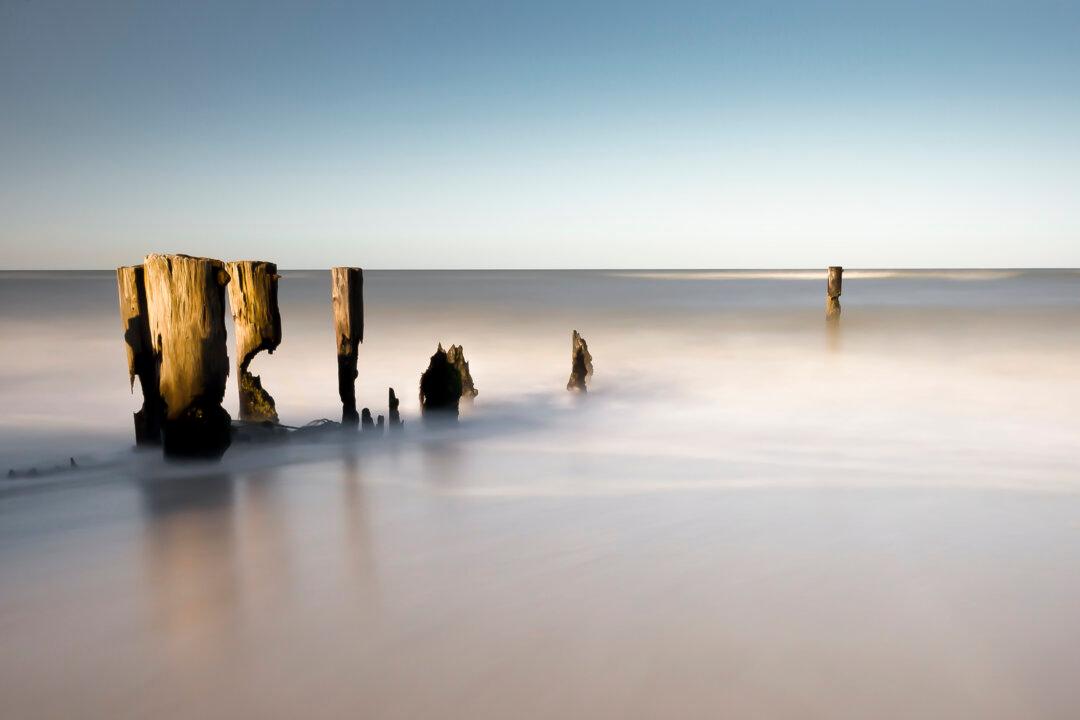The National Gallery of Canada is the current stop of a tightly organized travelling exhibition of the work of celebrated Haida artist Charles Edenshaw (1839-1920).
In his lifetime, Edenshaw’s genius was renowned among the Haida of Canada. Indeed, some called him “Master Carpenter.” In the Haida language, this title refers to a being of great power, one who gives form to thought. A hundred years later, Edenshaw’s reputation and honour, both as an artist and Haida leader, remain undiminished.
About 450 works of art have been attributed to Edenshaw’s hand. His work has kept alive stories that might well have been lost. How were people made to be on the earth? That was Raven’s doing.
One of Edenshaw’s sculpted argillite platters, for example, shows us two figures in a boat. Raven, holding the spear up front, is in charge, that is clear. The human in the back is scared stiff. We also see that plainly. With this plate on the table, an elder can tell the child the rest of the tale.
The platter, “How Raven Gave Females their Tsaw,” is only 35.2 cm in diameter and 5.8 cm deep. It has been borrowed from the Field Museum in Chicago for the exhibition and is dated to pre-1894.
“Dogfish cradle,” also dated to the late 19th century, was made by Edenshaw for his child. The cradle, a shallow shell made of wood, measures 83.8 cm x 33 cm x 5.5 cm. Within the shell, a swaddled baby can be safely fastened. On the outside of the shell black form lines depict a dogfish, or small shark, with inlay of abalone. Remarkably, the design is so well integrated into the shell of the wood that the wood grain itself repeats the form lines.
Edenshaw’s wife Isabella came from “a high-ranking Alaskan family” and was part of Raven clan. Dogfish is a Raven clan crest. Thus, right at the outset, the clan’s stories and images provide the baby in the Dogfish cradle with visible position and protection in the world.
The exhibition also includes examples of Edenshaw’s models of totem poles carved in argillite, silver and gold bracelets, silver spoons, bentwood cedar storage chests, fine woven hats of spruce, and a number of fancy walking sticks. One, for example, dated to the late 19th century, is made of wood and topped with an ivory knob carved into a clenched fist. Another, made by the artist for his own use, has an ivory handle carved in the form of a beaver. It is dated 1880-90. Beaver was Edenshaw’s crest.
Keeping the Stories Alive
Haida G'waii came under British rule in 1853. The islands were renamed the Queen Charlotte Islands and a trading post was established at Massett that year. By the 1880s, tourists, merchants, travel writers, and anthropologists had begun to traverse the inside passage, via the Queen Charlotte Islands, to Alaska.
Ships dropped anchor in Haida G'waii frequently, although there were not many Haida remaining. In the 1860s, a smallpox epidemic had killed 90 percent of the population. Then, in 1884, the potlatch ceremony was banned. Thus, if the stories were to be remembered, new forms for telling them must be found. Charles Edenshaw mastered the problem.
The exhibition has been well organized to demonstrate both Edenshaw’s facility in traditional design as well as his wit in work he made for sale to visitors from the outside.
For example, an argillite miniature totem pole, 58.7 cm tall, dated to the late 19th century, presents at its base the familiar image of Bear Mother suckling a cub. Then, ascending upward, we see Eagle wearing a hat, Raven biting the hat, Beaver holding Frog, and above them all... an American Eagle has just landed on top! American Eagle bends its head to see what is going on down there. What are all those folks doing?
Titled “Charles Edenshaw,” the exhibition began its tour at the Vancouver Art Gallery before coming to the NGC, where it will be on display until May 25. It will be shown next at the McMichael Canadian Art Collection in Kleinburg, Ontario, from June 27 to Sept. 11. The exhibition was curated by Robin K. Wright and Daina Augaitis. Robert Davidson and James Hart served as Haida advisors to the curators.
Maureen Korp PhD is an independent scholar, curator, and writer who lives in Ottawa. Author of many publications, she has lectured in Asia, Europe, and North America on the histories of art and religions. Email: [email protected]





